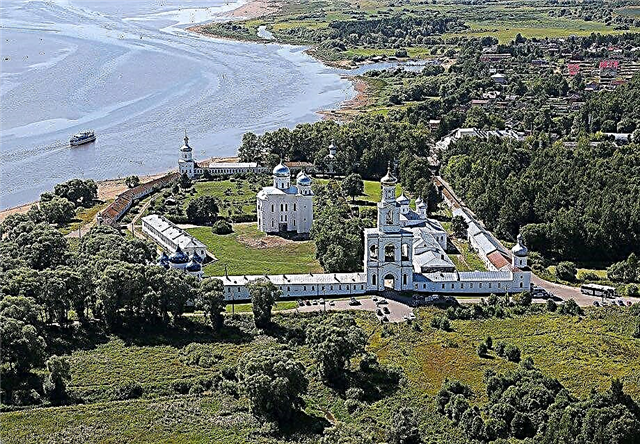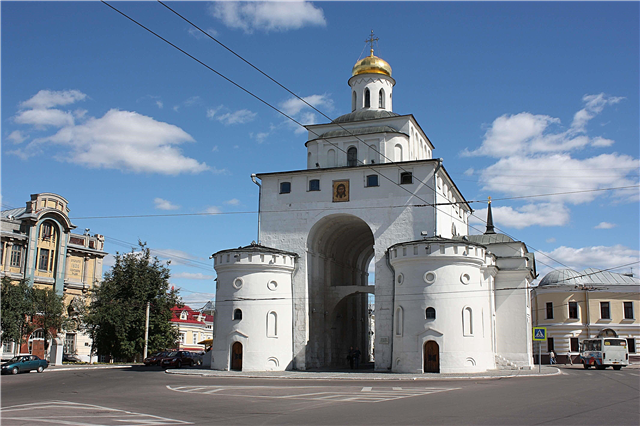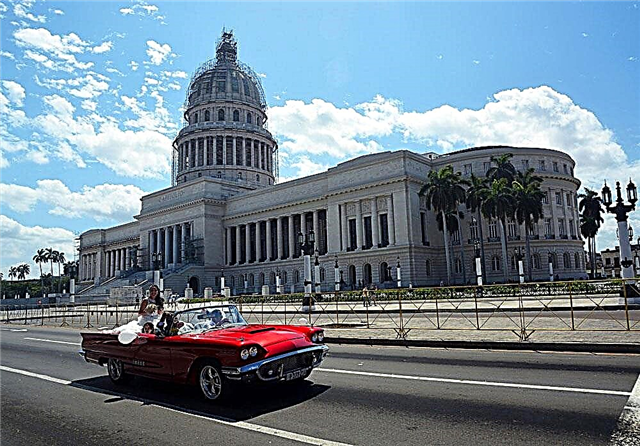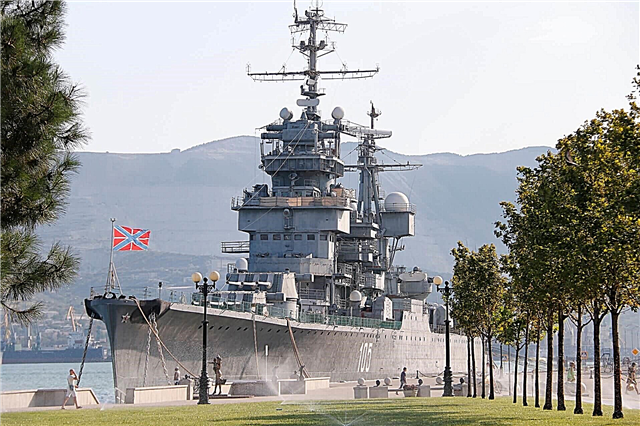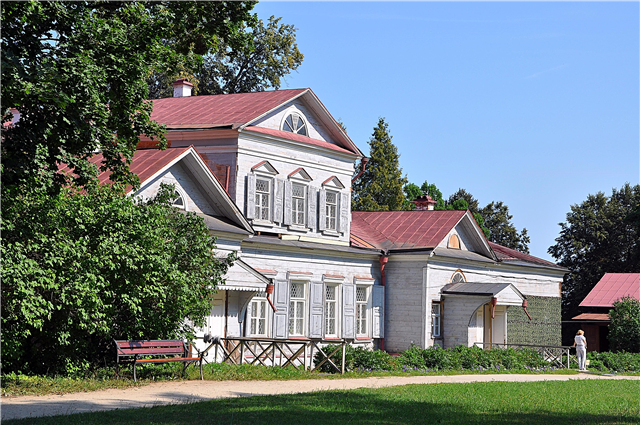"Abramtsevo" is a manor house 60 kilometers from Moscow; it is a state historical, art and literary museum-reserve. The area called Obramkovo has been known since the 16th century. However, the present appearance of the complex was given over in the 19th century, when it was owned by the writer Sergei Aksakov and the philanthropist Savva Mamontov. Famous writers and artists visited them, the premiere readings of now classical works took place right in the estate, and masterpieces of world painting hung on the walls of the rooms.
In 1918, Abramtsevo was nationalized and turned into a museum. It was repeatedly reconstructed, expanded, temporarily closed and reopened. In 1995, the museum-reserve was given the status of an object of historical and cultural heritage of federal significance.
What to see and do in Abramtsevo?
List of the most interesting places and objects worth seeing.
Manor house
The main building of the museum-reserve was erected at the end of the 18th century. This house is one of the few surviving monuments of Russian wooden classicism. In 2013, it was completely renovated. Interior items, literary and art collections are dedicated to the former owners - Aksakovs and Mamontovs, as well as their eminent guests. You can walk through the rooms only with a guide. The tour takes just over an hour.

Former medical building
In the 30s of the last century "Abramtsevo" became a rest house, and during the Second World War there was a hospital here. Since that period, some changes have remained in the estate, including a medical building. The building in pseudo-classical style was erected opposite the manor house in 1938. For its intended purpose, it was not used for long, and now it is allotted for the exhibition "Russian Artists of the 20th Century in Abramtsevo".

Workshop
In the past, there was an outbuilding to the southeast of the estate. In 1873, according to the project of Victor Hartmann, a wooden workshop was built in its place. Artists who visited Mamontov's house worked here, including Repin, Vasnetsov, Serov. Since 2016, the house has been given over to an exhibition dedicated to Mikhail Vrubel. Particular emphasis is placed on his ceramic works of art, including The Snow Maiden and The Egyptian.

Bath-teremok
Built of wood in the Russian style at the end of the 70s of the XIX century. Ivan Ropeta was responsible for the project. The carving decorates not only the pediments, but also the overhang of the roof, as well as the roof of the porch. For its intended purpose, the bathhouse was not used for long, having turned into a residential outbuilding. When the estate became a museum, funds were kept in the house. Now, furniture and household items made according to sketches by Elena Polenova and other guest artists are exhibited here.

"A hut on chicken legs"
The gazebo project, named for its quirky appearance, belongs to the artist Viktor Vasnetsov. The pediments are crowned with an unusual creature - a symbiosis of a bat and an owl. This, coupled with pillars, a carved horse head at the very top, and a partially thatched roof gives the hut a fabulous look. Around these days, a low wooden fence has been installed, matching the style.

Human
The spacious, elongated wooden building was built in the 70s of the last century. It was being rebuilt more actively than other objects of the estate and looks more modern, although the log walls and a neo-Russian porch give out an architectural monument in it. Now the human is occupied by a tour desk, which will help to orientate on the terrain and provide a guide, as well as a souvenir shop.

Kitchen
In 1870, it replaced a similar building from the Aksakov period. It was used for its intended purpose, although areas were also allocated for living quarters for servants. Subsequently, a covered passage appeared between the kitchen and the main house. Currently, the main exhibition here is a collection of works of Russian folk art. In addition, in the premises of the kitchen there are objects of peasant life, carvings, and furniture.

Polenov's dacha
It was built in 1882 especially for the Polenovs, whose wedding took place earlier in the local church. The building was used as both a residential and a workshop. Home performances were staged in the largest of the rooms. During the First World War, the premises were taken as an infirmary. The interior decoration has been preserved practically unchanged. Now the dacha hosts exhibitions, including temporary ones.

Church of the Savior Not Made by Hands
One of the first examples of the neo-Russian style. Built in the 80s of the last century after a drawing by the artist Viktor Vasnetsov. The church was built of stone and has one chapter. The Polenovs, the artist's spouses, were married in it. The tomb of the Mamontov family, the then owners of the estate, was added to the main building in 1892. Divine services are held today on holidays and special occasions.

Tomb of the Mamontov family
It was added to the Church of the Savior Not Made by Hands in 1892 after the death of Andrei, the son of Savva Mamontov. It repeats the neo-Russian style of the temple and its color scheme - white walls and green inserts. However, the chapel has more decorative elements, for example, ornamented tiles and painted domes. The chapel is crowned with a small dome with a cross. The owner of the estate, his wife, daughter and grandson are buried nearby.

Vrubel's bench
Created in local ceramic workshops. Installed in the southeastern part of the park. Currently, you cannot sit on it - the bench is protected not only from the unwanted influence of people, but also from atmospheric precipitation, therefore, it was covered with a special transparent dome. The bright massive bench is tiled with majolica tiles. The main drawing is the image of the Sirin birds from the Solar Garden.

Stone women
Savva Mamontov brought two stone women from the Kharkov province. It is believed that female silhouettes, roughly hewn from hard rock, are dated to the 9th-11th centuries. They have no faces, their arms are lowered and joined, and their legs seem to "grow" into the ground. Similar monuments are found in different parts of the world and have the same name. A canopy was installed over the Abramtsevo statues to protect them from precipitation.

Upper (Polenovsky) pond
Located close to the entrance to the estate. The pond has an almost perfect round shape. Its miniature size allows you to walk around the reservoir in a few minutes. The name "Verkhniy" in everyday life is often replaced by "Polenovsky", as the artist liked to work here. Rare trees grow along the perimeter and benches are installed so that those sitting on them can look at the water.

Lower pond and Vorya river
The banks near the pond and the river are rather muddy, which complicates the approach to the water. The pond can be bypassed along wooden bridges. The path to the water passes through a dense park - the Roman Grove. From here, the buildings of the estate are not even visible from some angles. The Mamontovs loved Italy, where they met a whole galaxy of artists. In 1873, a grove was laid in the estate as a reminder of travel. Most of the trees were planted by the owners themselves and their friends.

Long-lived oak
The giant is almost 250 years old. Until recently, it was believed that he was more than 300 years old, but recent studies have clarified. Height - 29 meters. In 2018, the oak won the Russian Tree of the Year category. As a wildlife monument, it is under state protection. Researchers have included this pedunculate oak in a program for the conservation of species diversity: it is assumed that its shoots will give rise to a new grove.


